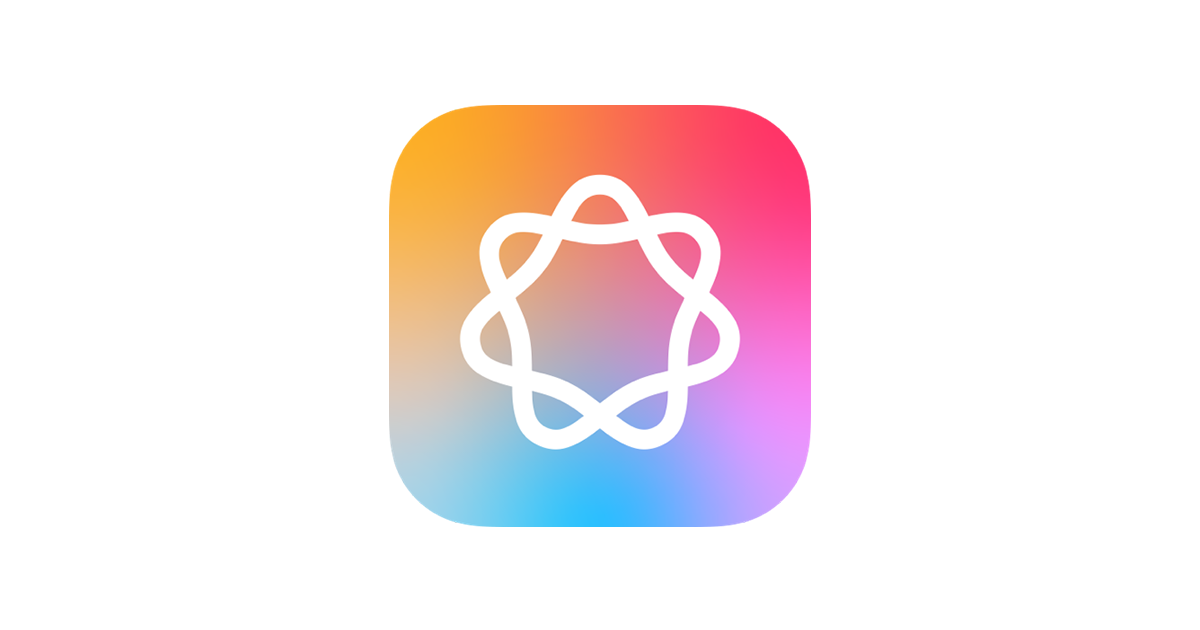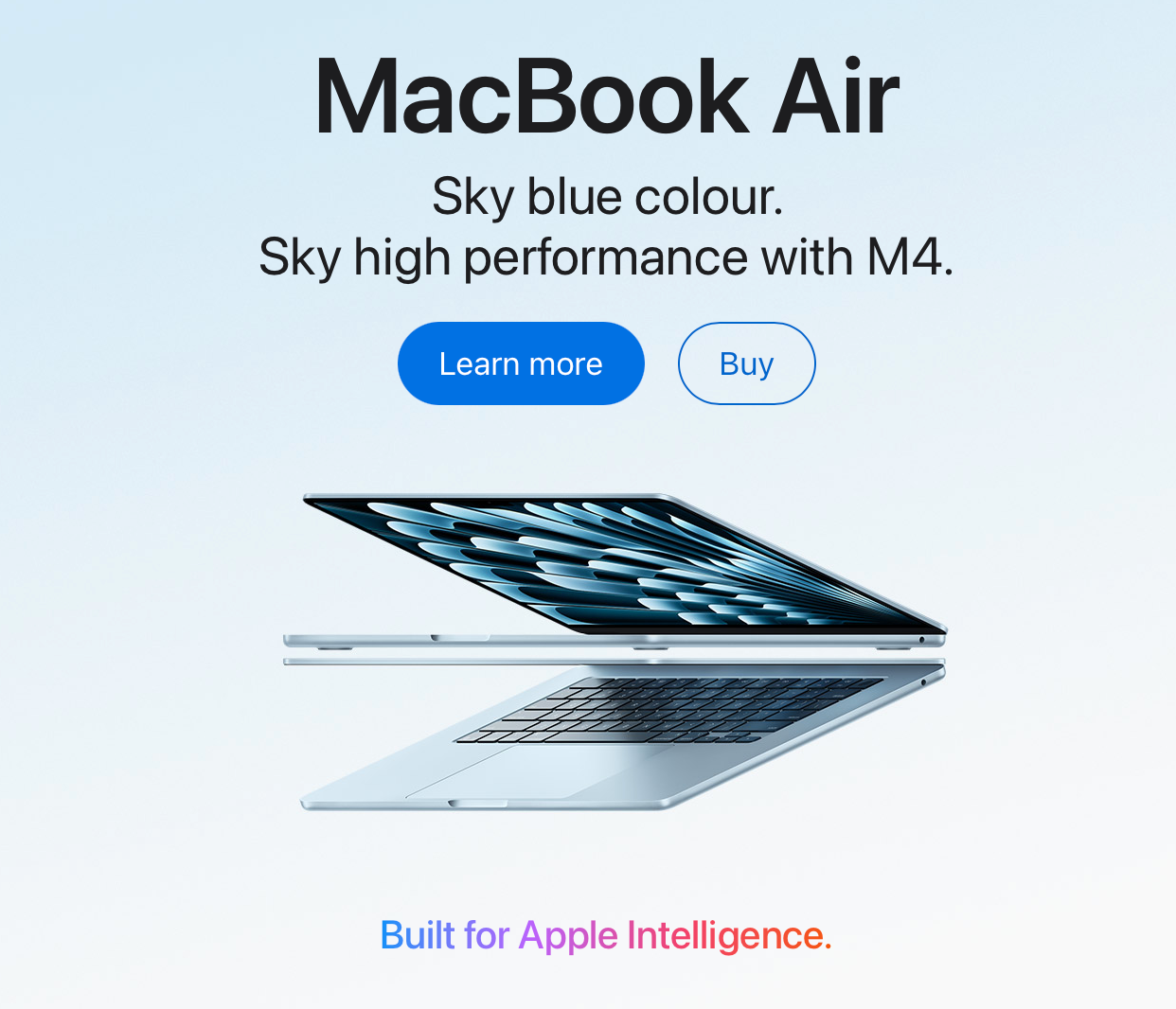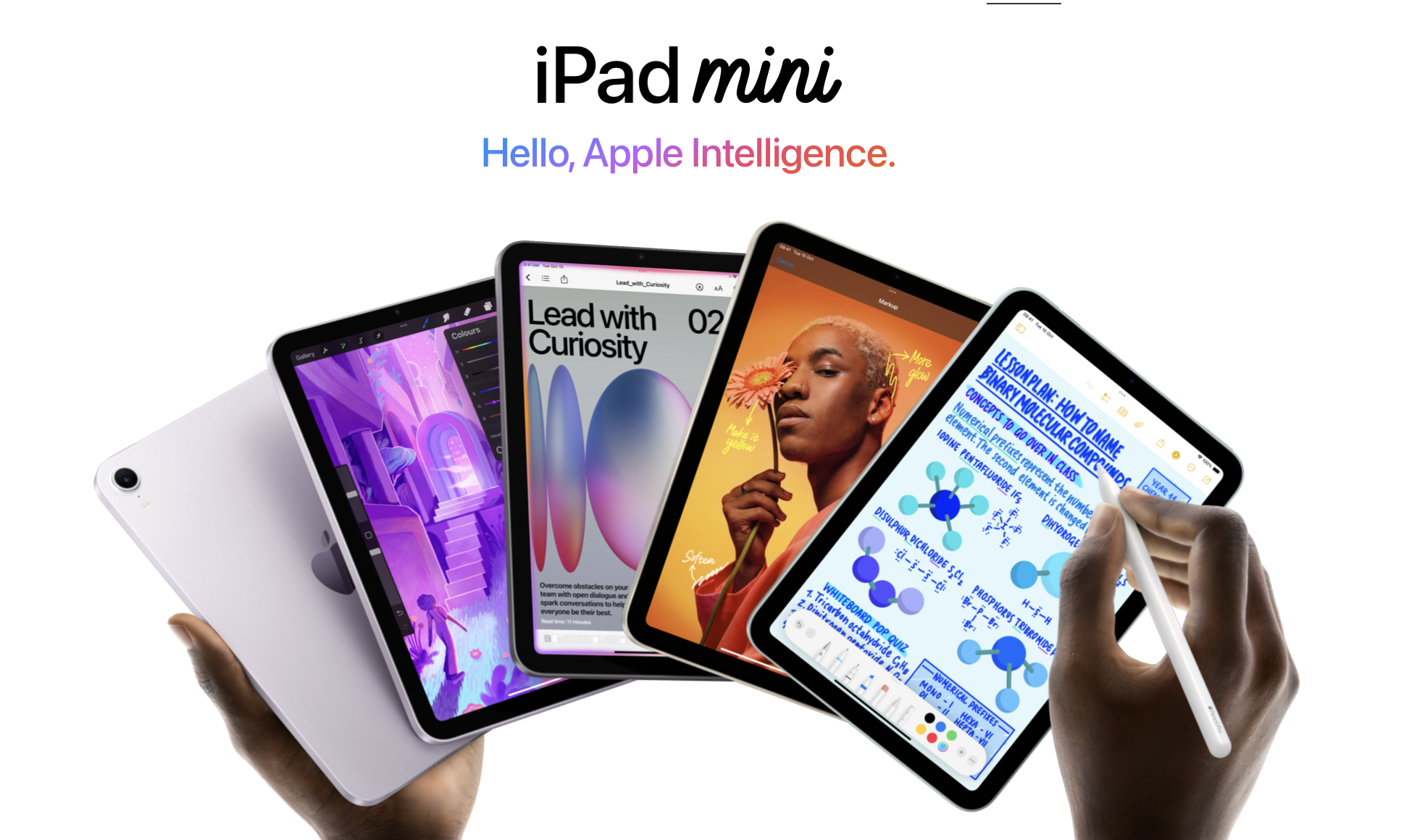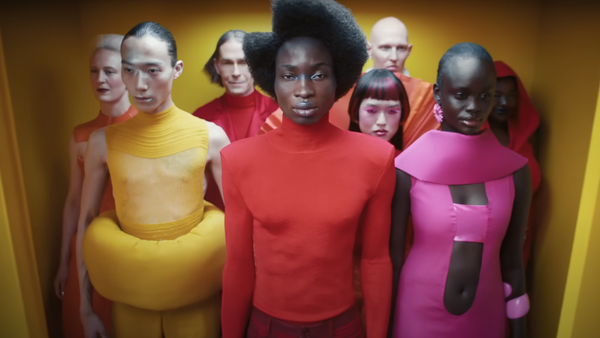Apple loses its live events (and its way)
How AI hype collided with virtual events.

It’s 2020. We’re in the throes of COVID-19. Apple has a decision to make. For 40 years, it has been holding special events to launch its tentpole products and convene its developers to launch new software.
Starting with the original MacIntosh in 1984, Apple’s big reveals are almost as famous as the products they show off. In 2001, Steve Jobs stood on a stage in Cupertino and pulled the very first iPod out of his pocket. In 2007, he did the same with a product that would change the trajectory of Apple and of the world: the iPhone. In 2010, he revealed the iPad, sat on a table behind him.
Yet in June 2020, a global health crisis has left Apple with a conundrum. Their legendary Worldwide Developer Conference (WWDC) couldn’t happen. With no WWDC, there’s no software launch for Apple’s newest products. They’ve never shipped major software without showing it off to an audience of developers first.
So what does Apple do?
They hold a super-high-production virtual event, from around the Apple campus. It was received incredibly well: technology journalists hailed it as setting a new standard (for a company with already impossibly high standards) for their events.
It’s 2025. Five years since that fateful June where Apple decided to hold a virtual event, it hasn’t returned to live ones. Now, Apple product launches are slick, pre-recorded affairs with no live demonstrations.
They’re beautiful. And it’s obviously better for a marketing team to pre-record product announcements, because you remove risk and can add lots of beautiful transitions and effects.
But live events have driven something inside Apple over the years: that the finished product is the thing you show off.
And that, alone, should be spectacle enough.
Apple Intelligence
In June last year, Apple announced a “new era” for Siri, a significant aspect of their new Apple Intelligence system:
Siri will be able to deliver intelligence that’s tailored to the user and their on-device information. For example, a user can say, “Play that podcast that Jamie recommended,” and Siri will locate and play the episode, without the user having to remember whether it was mentioned in a text or an email. Or they could ask, “When is Mum’s flight landing?” and Siri will find the flight details and cross-reference them with real-time flight tracking to give an arrival time.
And then, again, in September, they announced iPhone 16 and 16 Pro, both built for Apple Intelligence.
At that virtual, pre-recorded event, they showed new Siri in action:
And since then, they’ve also been running plenty of ads about Apple Intelligence, like this one:
Over the last year, Apple has promised a huge new set of capabilities and sold iPhones based on these capabilities.
And then last week, this, exclusively briefed from the company to renowned Apple blogger, John Gruber:
“Siri helps our users find what they need and get things done quickly, and in just the past six months, we’ve made Siri more conversational, introduced new features like type to Siri and product knowledge, and added an integration with ChatGPT. We’ve also been working on a more personalized Siri, giving it more awareness of your personal context, as well as the ability to take action for you within and across your apps. It’s going to take us longer than we thought to deliver on these features and we anticipate rolling them out in the coming year.”
A whole generation of iPhones, sold on the promise of Apple Intelligence. That’ll now no longer get the most interesting part of it. This is a big miss from Apple and a huge departure from their reliable we-show-you-and-you-get-it-soon-after promise its held ever since the first iPod back at the beginning of this millennium.
This is obviously a very big, bad deal. Gruber followed up with this eviscerating post.
So what happened?
Show the thing
Apple’s big tentpole events follow a predictable pattern. They start with some context setting: explaining a market that doesn’t exist, but that Apple’s about to create. They talk about user problems, and how Apple is about to solve them.
Then, with charismatic fanfare, a product is pulled from a pocket, a cloth is removed from a table, or in the Apple Watch’s case, a sleeve is rolled up. An ad they intend to run on TV follows, or a polished video revealing the device, giving more design detail, then… well, then there’s a live demo.
The presenter shows the thing, live on a stage in front of journalists. Journalists waiting for something to go wrong, so they can pull down this beloved company.
The stakes are high. And Apple volunteers itself into that high-stakes situation because it knows how important that singular moment is, the moment they show the thing to the world.
It forces the company to deliver the thing. Maybe it’s not totally finished, but it needs to be working. A presenter needs to be able to demo at least some of the functionality. It forces excellence, quality and delivery, because an accountable executive has to stand on a stage in front of the world and show the thing and the thing has to work. The buck stops there, with that executive on the stage.
Then, five years ago, the executive needed to stop having a thing in their hand. There was no live audience: they were all at home, social distancing.
A slippery slope
I’m not usually keen on slippery slope arguments. Yet… I think it might apply here.
Apple’s events literally drive their marketing calendar for the year.
The iPhone event in September drives the narrative for most of Apple’s products, and this year was no exception: this year, there was one unifying message for everything:




Everything is Built for Apple Intelligence.
It all started in June last year, then again in September: Apple Intelligence was the big feature.
They didn’t show the thing
So here’s the thing: Apple didn’t show the thing. They couldn’t have shown the thing. Because they didn’t have someone stood in front of an audience, holding the thing and demonstrating what the thing does.
That’s because over the past few years, they’ve been on a slippery slope, I think. It took a few years, but the temptation to add more and more wishful thinking has crept in to their product announcements.
That, plus the pressure to show that they’re not being left behind in the AI race – where companies like ChatGPT and Anthropic and releasing (and live demoing!) incredible breakthroughs at impressive pace, the biggest company in the world clearly wanted to say it was keeping pace too.
The problem, though, is that they didn’t show they’ve kept pace. They’ve just said it.
And now it’s clear that they haven’t kept pace, after months of selling products based on that telling, not showing.
Mea culpa
Apple is a company that doesn’t apologise often. This is especially true in the Tim Cook era, where polish and perfection trumps personality and imperfection.
But it used to. Jobs gave everyone with an iPhone 4 a free bumper case when there were reports of dropped calls. Cook apologised publicly for a botched rollout of Apple Maps.
I think this might be worthy of one of those mea culpa moments. Apple needs to acknowledge that it over-promised and under-delivered, and it’s working hard on AI that only it can deliver.
And then it needs to bring back live events, where accountable executives feel the jeopardy of a failed demo.
That jeopardy has kept Apple’s standards high throughout its history, and I think it needs to come back.
Credibility
What can we learn here? Well, it’s a classic example of that old adage that brands can take a lifetime to build, but moments to destroy.
And to be clear, this isn’t a total-destruction moment. You may still be thinking I’m making a big deal out of a small thing, though.
But Apple has built the most profitable company in the world by being a credible brand that always delivers the quality it promises. In 2024 it promised something that might not deliver, even into 2025.
Its credibility is damaged, and credibility affects how people feel about people and companies, which affects promises to deliver things, which affects sales. Apple has spent years building that credibility by showing the thing then shipping the thing.
So here’s the thing. Show the thing. And if it’s not ready, don’t show the thing. Wait until the thing is a thing. Then show the thing.
Be proud of the thing. Be prepared to stand on a stage and share the thing. The actual thing.
Not a recreation of what you hope the thing will be.
This is so much easier said than done.
But then that is why Apple is Apple: because demonstrably more than any other company, Apple has always done the hard work to show the thing.
Time to get back to that.





